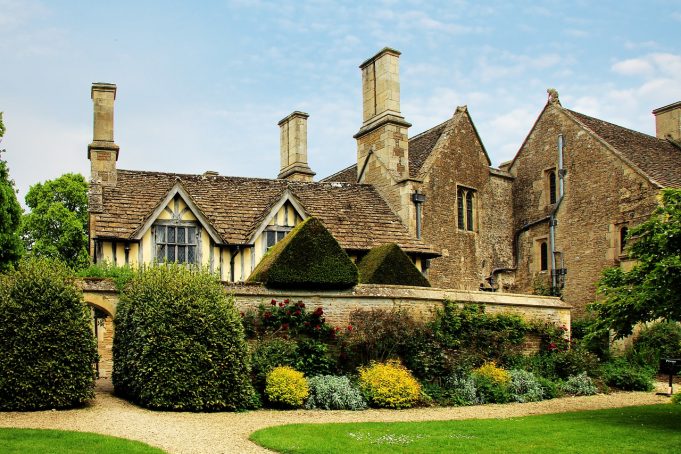Our research shows that 75 percent of all estate agents believe a well-maintained structure inside a conservation area will add property value to the general area. This is one of the many benefits of owning a listed building in a conservation area that you can enjoy if you’re lucky enough to do so.
Even though maintenance is tedious, boring, and not at all exciting, it’s still crucial to keeping costs down while making the most of a healthy life cycle in a listed building. It might not be the most exciting part of your day, week, or month, but you’ll reap serious rewards down the line.
At Heritage Consulting, listed building surveys, we’re here to provide you some great advice on carrying out the maintenance work that your listed property needs.
Keep these considerations in mind when you plan repairs or maintenance to your historic property.
1) Understand Your Home: The better you know your home, the simpler it is to anticipate potential issues or weak spots. Routine inspections are an effective way of not only getting acquainted with your building but also identifying specific areas likely to need maintenance. They’re not usually fun, but they’re actually pretty good to do while it is raining outside. That way, you can see if any gutters or rainwater pathways are failing you. You might also want to carry out an occasional inspection after serious weather. This kind of inspection emphasizes any parts of your building where water can easily enter or just where walls could be unexpectedly damp. Find and print out a maintenance checklist to use as a starting point so you can inspect your building in a genuinely logical order that covers roofing, drainage areas, exterior walls, and then the interior as well.
2) Maintain Records. You should record all maintenance work and inspections. This will help you establish a clear picture of your building over the span of time. For instance, you might want to think about making a logbook just for your home. Make notes anytime you have maintenance checks done, and record the findings. Document with photographs and record specifically what repairs happen as they are done. Also list if you did them or if a professional did them. This information won’t just prove useful to you in the future but also any professionals who need to work on the property. Future owners might also value such information.
3) Come Up With A Maintenance Plan: This is a relatively straightforward and structured means of drawing attention to the issues at hand. It instills discipline in helping you remember when and how to inspect the property. It might sound daunting but it’s actually practical advice. You can use the maintenance checklist you hopefully printed out a few tips back, but whatever you do, make sure you account for the building construction, any changes made along the way, its current condition, known weak points, and where issues might happen. Consider your building as a whole, which includes not just the exterior, but also surface water drainage, surrounding trees, the home’s position, elemental exposure, the interior substructure, and electrical and plumbing systems.
4) Get Proper Professional Help: There will be times that you need to hire professionals to get help with the maintenance. Be sure they’re qualified to work on your historic building. Lots of building professionals might only know modern methods, so they’re not as qualified to give you advice or work on something historic. In fact, they might unintentionally create problems in older buildings since they were built differently than modern ones. Finding qualified professionals might sound like a daunting task, but the Internet makes it easy. Word-of-mouth is also a great way to go to find someone who works in alignment with established standards.
5) Arrange For Permission: You might need consent for working on a building that impacts the architectural significance or historical nature of an older building. Most of the time, ‘like-for-like’ repairs and replacements won’t need any Listed Building Consent since it won’t impact special interest. Then again, going past regular maintenance might mean you need to get such consent. In fact, you might even need Planning Permission too.
Owning a listed property in a conservation area means you have more responsibilities than just owning a normal home. Still, it’s well worth it. The character these homes have are what make living there special, and if you keep up your home using these five tips, then you can enjoy significantly higher property and resale value when the time comes to move on. Use all of these to maintain your property and your sanity while you live somewhere so sweet.














